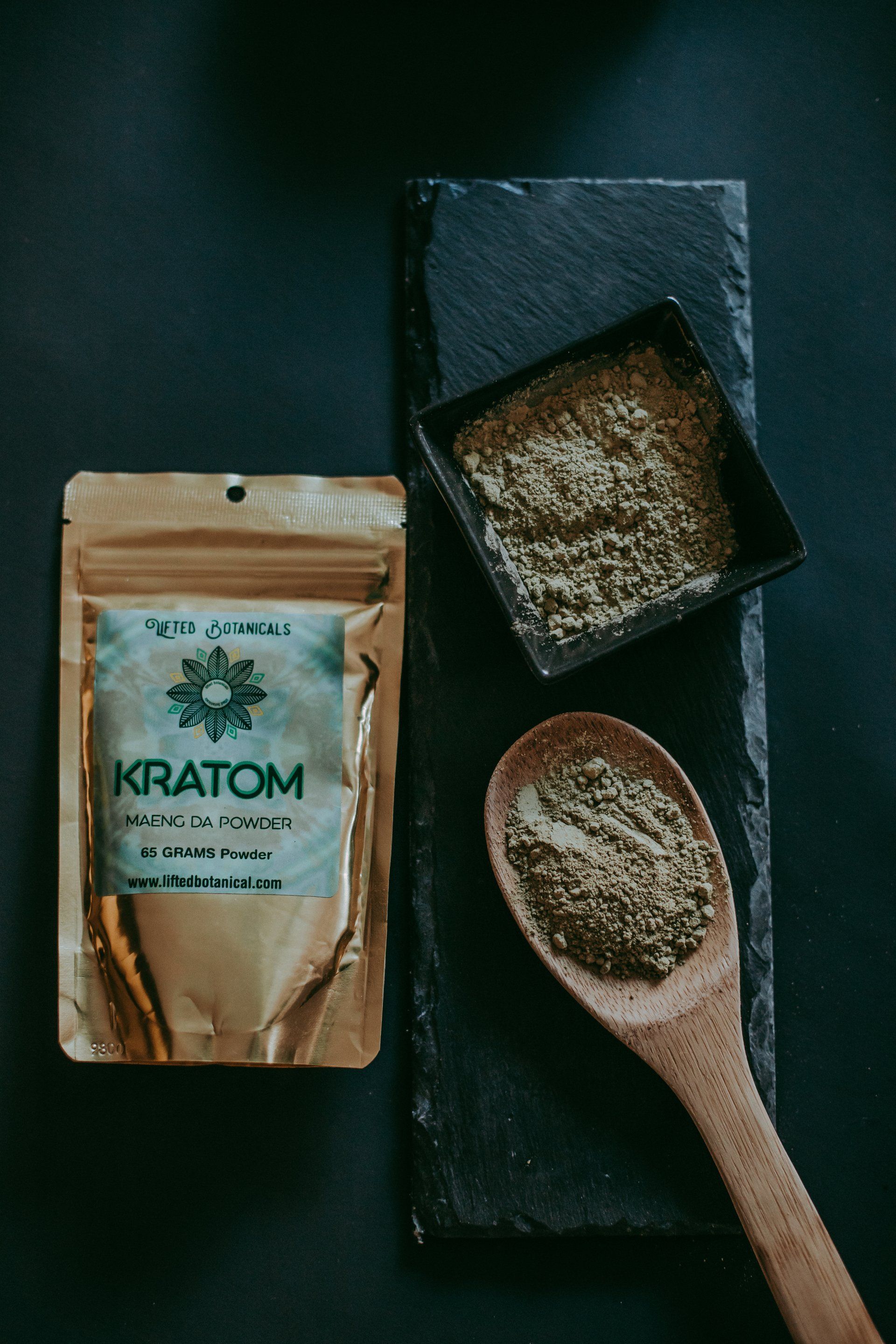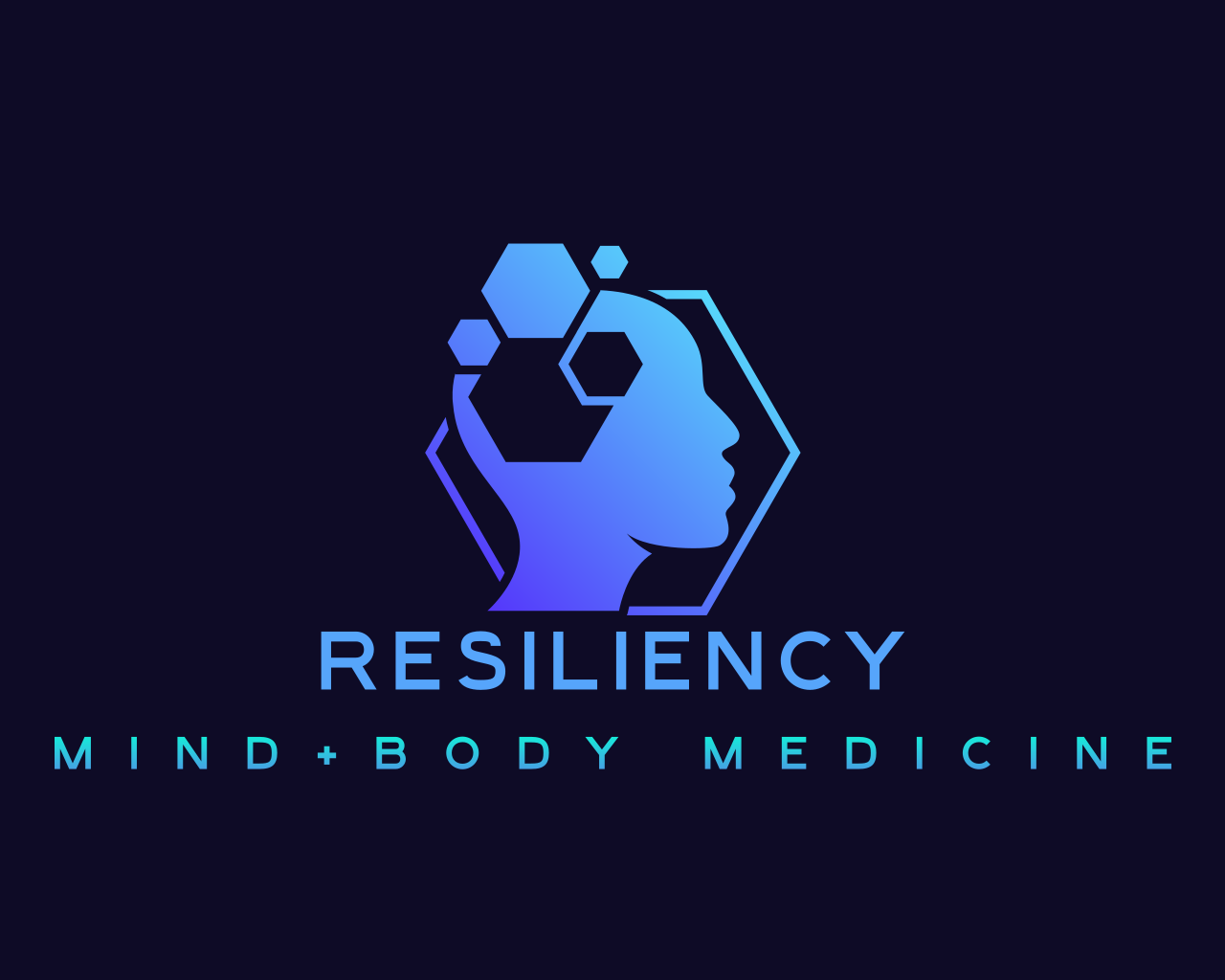Suboxone Maintenance Can Help Prevent Relapse and Death
Exploring the benefits of Suboxone MAT for high risk users

Per the CDC, over 70% of overdose deaths in 2019 were related to opiates. One of the main interventions in treating opiate dependency is using a long-acting, partial opiate agonist called buprenorphine. Buprenorphine is long-acting opiate that has been shown to significantly reduce the number of opiate-related deaths due to relapse. The evidence is robust: abstinence-based approaches for opiate dependency result in relapse within weeks for more than 90% of opiate dependent patients. Patients who continue to take Suboxone in early recovery do far better overall, die by overdose less frequently, and are more successful getting back to functioning in their day to day life (presuming they are motivated to stop using other kinds of opiates).
There is (unfortunately) no significant evidence that abstinence based approaches are superior to MAT treatments.
Nalrexone/Vivitrol is also a good option for patients who are motivated to take the medication. This medication acts as a complete opiate receptor blocker. However, many of these patients will ultimately relapse. The outcomes with opiate replacement therapies (ie Suboxone) are generally more sustainable. A recent article in the Journal of Addiction Medicine found a 2.4x increase in overdose with use of Naltrexone versus Buprenorphine.
Facts about Suboxone:
- Suboxone/buprenorphine is a medication used to help people quit or reduce their use of heroin or other opioids (pain relievers like morphine).
- It comes as a dissolvable film strip (or sometimes a pill). The medication contains buprenorphine (an opioid medication) and naloxone (Narcan). If you take it under the tongue, the buprenorphine works in your body but the naloxone is not absorbed (not active). But if you crush it up and inject it or snort it, the naloxone is active and will make you withdraw if you have other opioids in your body (such as heroin or pain pills).
- This helps to make sure people only take it under the tongue and not inject the medicine.
What is maintenance treatment with Suboxone?
- Suboxone acts as a “chemical shield” – Suboxone acts at the same place in the brain as heroin/pain pills, while you are taking Suboxone it prevents you from getting high from other opioids.
- It is taken daily to help modulate opiate receptor activity in the brain to reduce cravings.
Who needs treatment with Suboxone/buprenorphine?
- Suboxone/buprenorphine is a medicine that helps to treat addiction to heroin, pain pills, and other types of opioids. It does not treat other kinds of addictions, such as alcohol, methamphetamine, marijuana, etc.
- Medication treatment is very effective in keeping patients off heroin or pain pills. It treats withdrawal, cravings and decreases the risk of overdose.
Are there risks or side effects from taking Suboxone/buprenorphine?
- Suboxone/buprenorphine is very safe with a low risk of overdose. But, when mixed with benzodiazepines (Zanax, Ativan, Valium, lorazepam, clonazepam) in large doses, or with large amounts of alcohol, there is a risk of overdose (a chance of stopping breathing and dying)
- Just like taking pain pills or heroin regularly, your body becomes used to (physically dependent) on the Suboxone/buprenorphine so if you stop it suddenly, you will withdraw (“kick”). If you want to stop taking it every day, talk with your doctor first and it can be slowly stopped
- Side effects are rare, but they can include constipation, headache, trouble sleeping, ankle swelling, trouble urinating; and rarely, liver irritation.
- Pregnant women should not take Suboxone/buprenorphine. Instead, they should use methadone or a different form of buprenorphine called Subutex.
- Small children and babies should never take Suboxone/buprenorphine, since it can cause them to stop breathing and die. It is very important to keep all Suboxone/buprenorphine away from babies and small children, and call 911 if they accidentally taste or swallow some.
When people take Suboxone/buprenorphine every day, aren’t they just substituting one addiction for another one?
- When people are addicted to a drug, they crave it, want larger and larger quantities, can’t stop, and often do risky things in order to get it. They also feel high when they take it. None of these is true with Suboxone/buprenorphine. Suboxone/Buprenorphine does not make you addicted.
- Many patients say that Suboxone/buprenorphine makes them feel “normal” rather than “high”.
- We also cap the daily dose to 16mg to provide maximal benefits with minimal risk.
How can a person get Suboxone/buprenorphine treatment?
- Suboxone/buprenorphine can only be prescribed by a doctor with a special license. Working with our psychiatrist at Resiliency Psychiatry and Addiction Treatment, we can initiate treatment with close monitoring monthly.
- Without insurance, it costs around $500 per month.
How long can a person stay on Suboxone/buprenorphine?
- There is no limit to how long someone can take Suboxone/buprenorphine, but the initial recommendation is at least 6 months.
Featured Articles:
MEDPAGE: Many Residential Addiction Tx Centers Don’t Offer MAT, at a Deadly Cost




